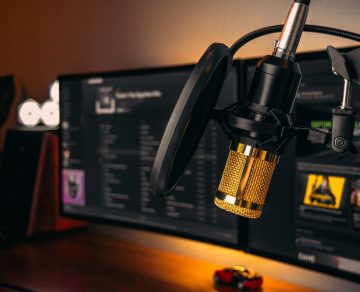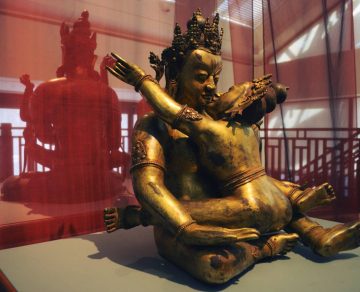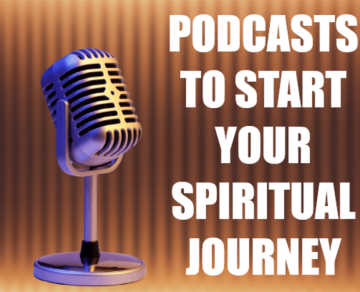In an era where the digital landscape has reshaped our understanding of sexuality, many individuals find themselves lost in the vast ocean of online pornography.
Amid this sea of explicit content like bokep barat, the profound connection between sex and spirituality, as explored in Tantra, often remains uncharted territory.…
Read More








